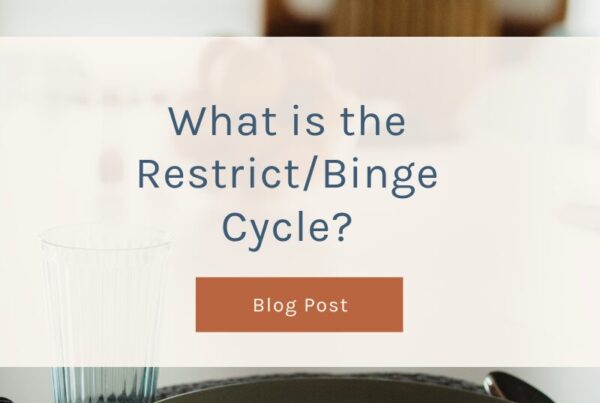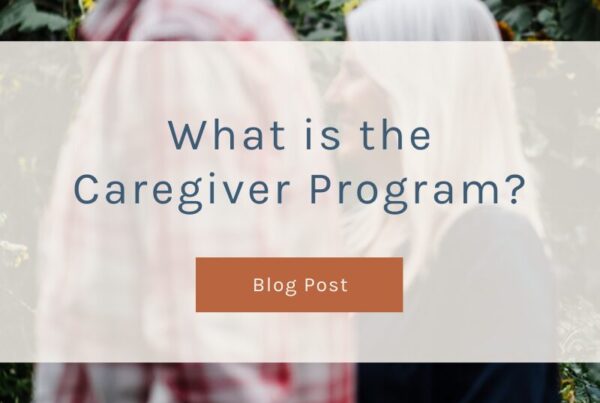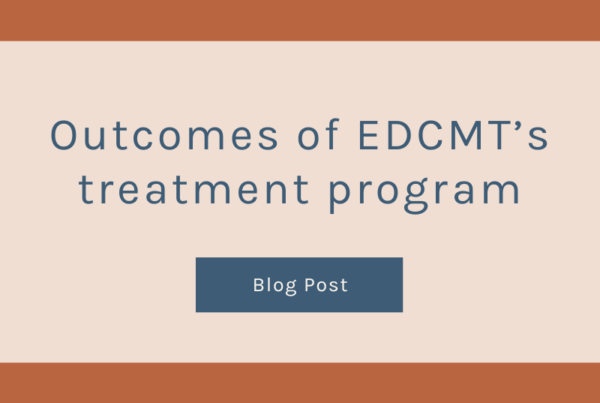
Atypical Anorexia is an eating disorder that often goes undetected because a patient may be experiencing all the behaviors associated with Anorexia, such as restricting food or over exercising, but maintains a “normal” or “higher” body weight.
According to the National Eating Disorder Association (NEDA), Atypical Anorexia is grouped under the diagnosis of OSFED, or Other Specified Feeding and Eating Disorders, and might be assigned the diagnosis of “Atypical Anorexia Nervosa” to explain why the eating disorder doesn’t fit the diagnosis of Anorexia Nervosa.
Although it’s called “Atypical” Anorexia, this type of eating disorder is actually more common than Anorexia Nervosa, according to the book written by Dr. Jennifer Gaudiani, Sick Enough. In Sick Enough, Dr. Gaudiani says “…many individuals with atypical anorexia nervosa don’t believe they have an eating disorder because they aren’t stereotypically emaciated. This is only reinforced by society and by medical providers who not only miss the eating disorder, but praise such patients for their weight loss and presumed ‘health’ when, in fact, the behaviors being used are the opposite of healthy.”
A patient with Atypical Anorexia may be misunderstood, overlooked or even praised for their eating disorder behaviors by doctors and family and friends, because of deep-seated beliefs about diet culture and ideal body size.
Patients with Atypical Anorexia can experience the same life-threatening medical issues as a person with Anorexia in a lower body weight, including malnutrition, bone and muscle loss or damage, and damage to the vital organs.
As we say so often here at EDCMT, eating disorders can affect all kinds of people in all bodies, and we must look beyond body size and BMI as indicators of “health”.
Through our ongoing outreach to healthcare professionals, we are looking to increase the awareness of the prevalence of all types of eating disorders, including Atypical Anorexia. It’s important for medical providers to ask patients questions about their behaviors or feelings in order to determine risk or need for eating disorder treatment, rather than assuming that people in small bodies are “healthy” or that people in larger bodies need to lose weight.
It’s also important for the general population to know that Atypical Anorexia is just as dangerous as Anorexia and that you can’t tell what someone is going through based on their body. Comments about the size of one’s body or what someone is eating can be triggering and largely unhelpful.
If you or someone you know doesn’t fit the stereotypical look of someone with Anorexia but are struggling with food and body, know that you are deserving of care. Contact us to learn more about the signs of Atypical Anorexia and how you can get help for yourself or someone you care about.




